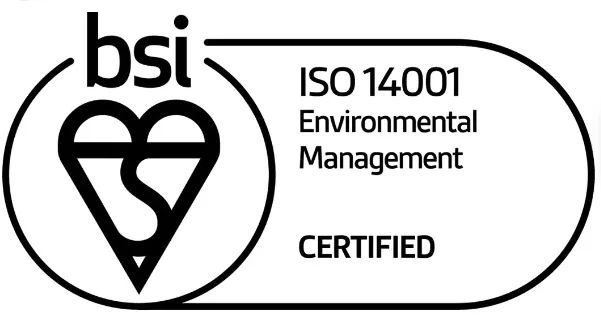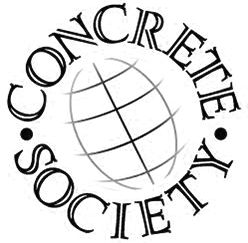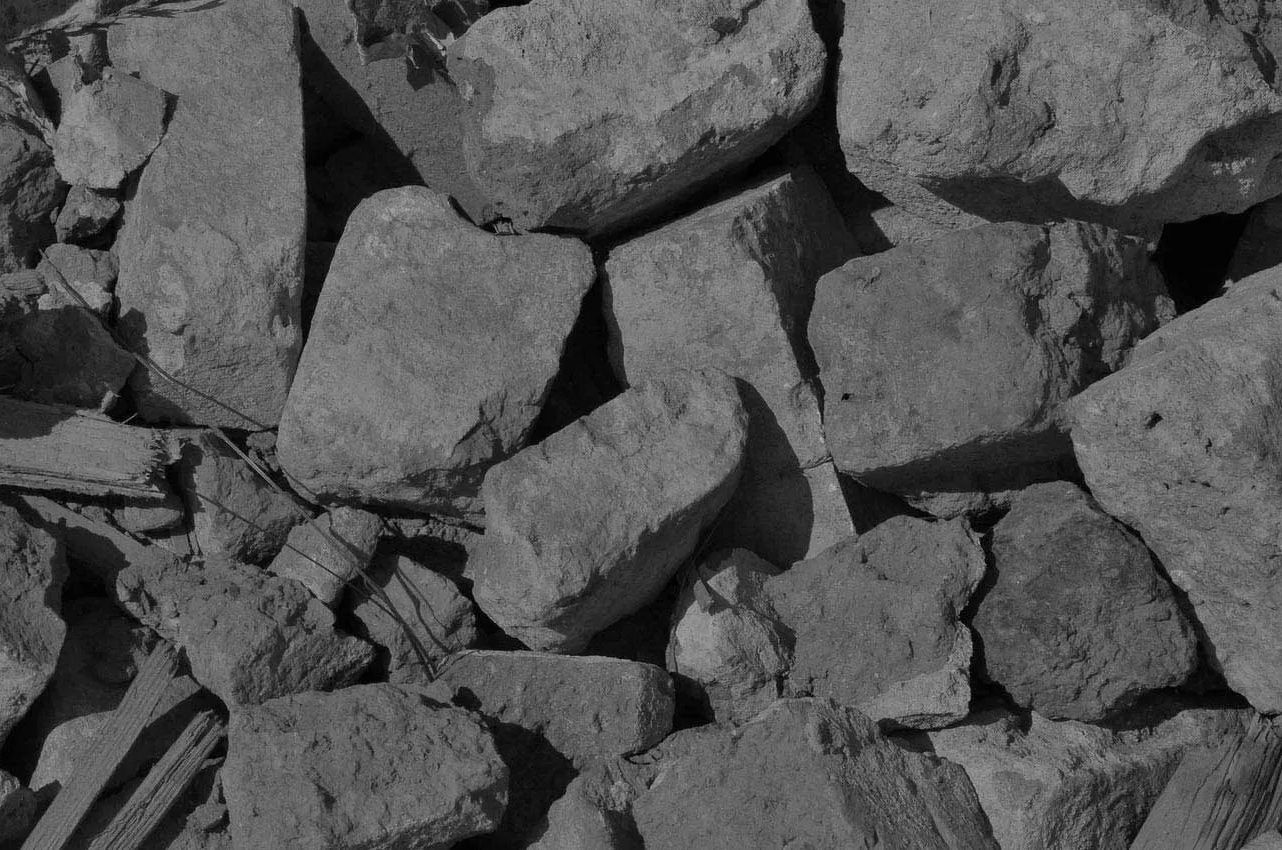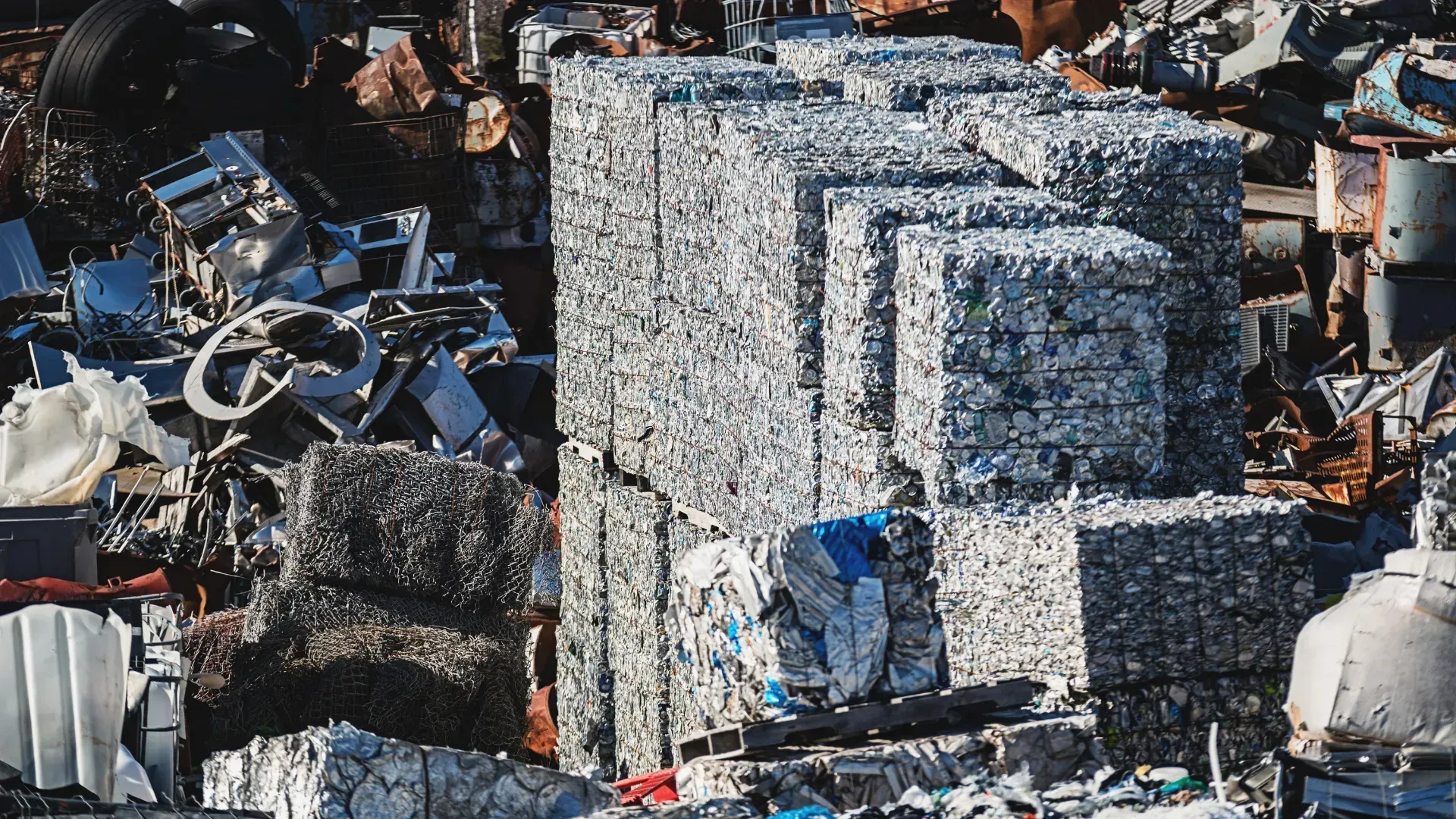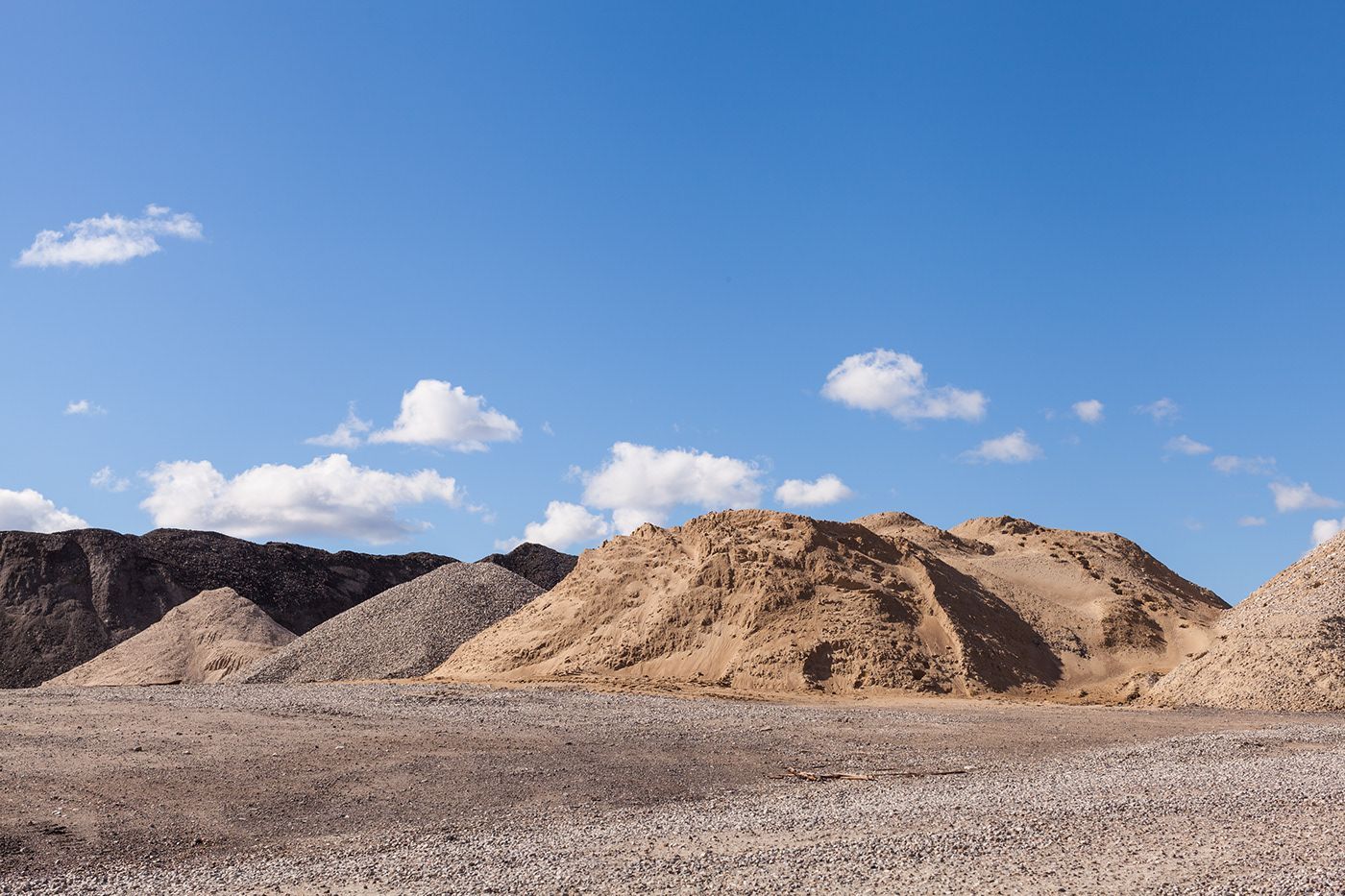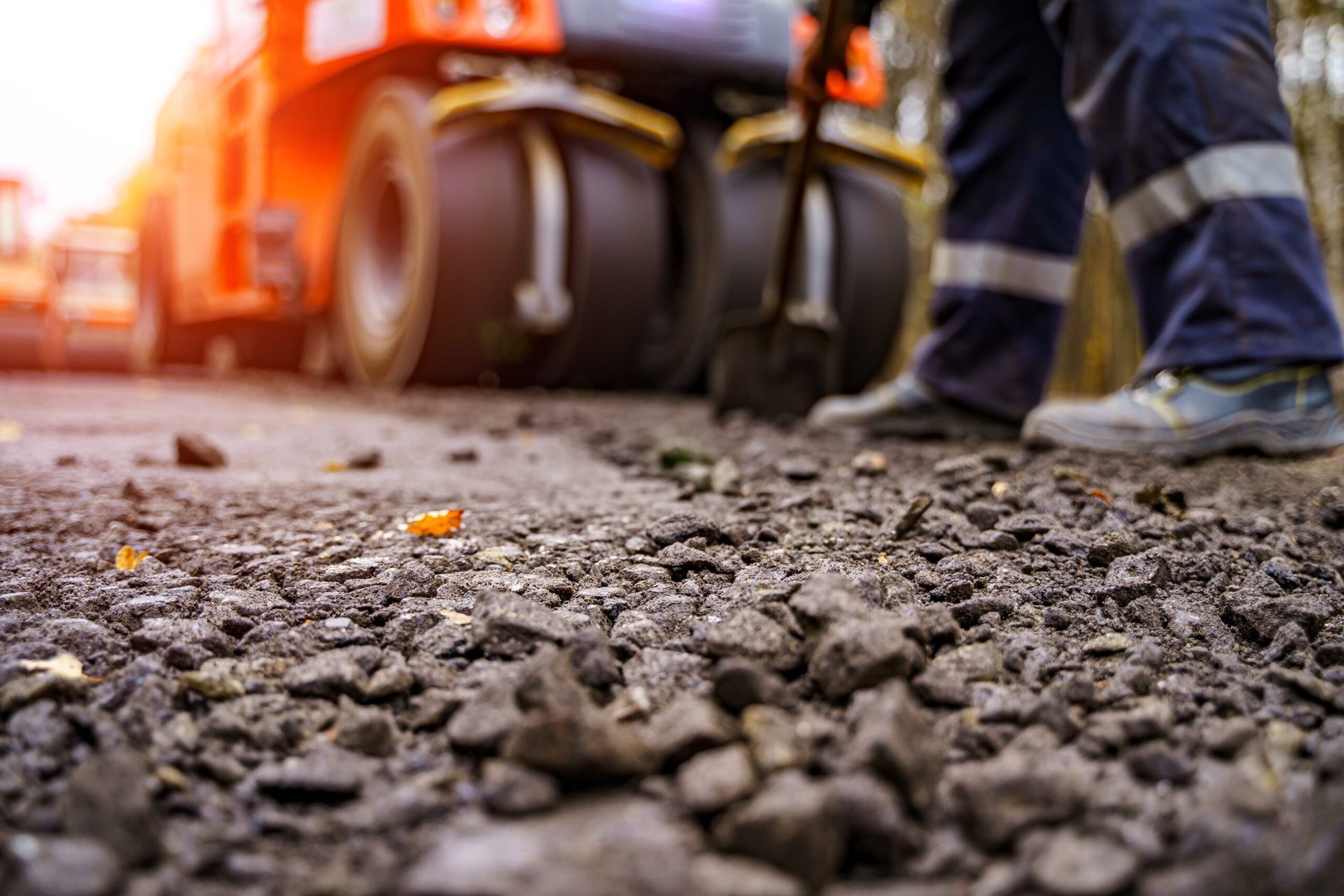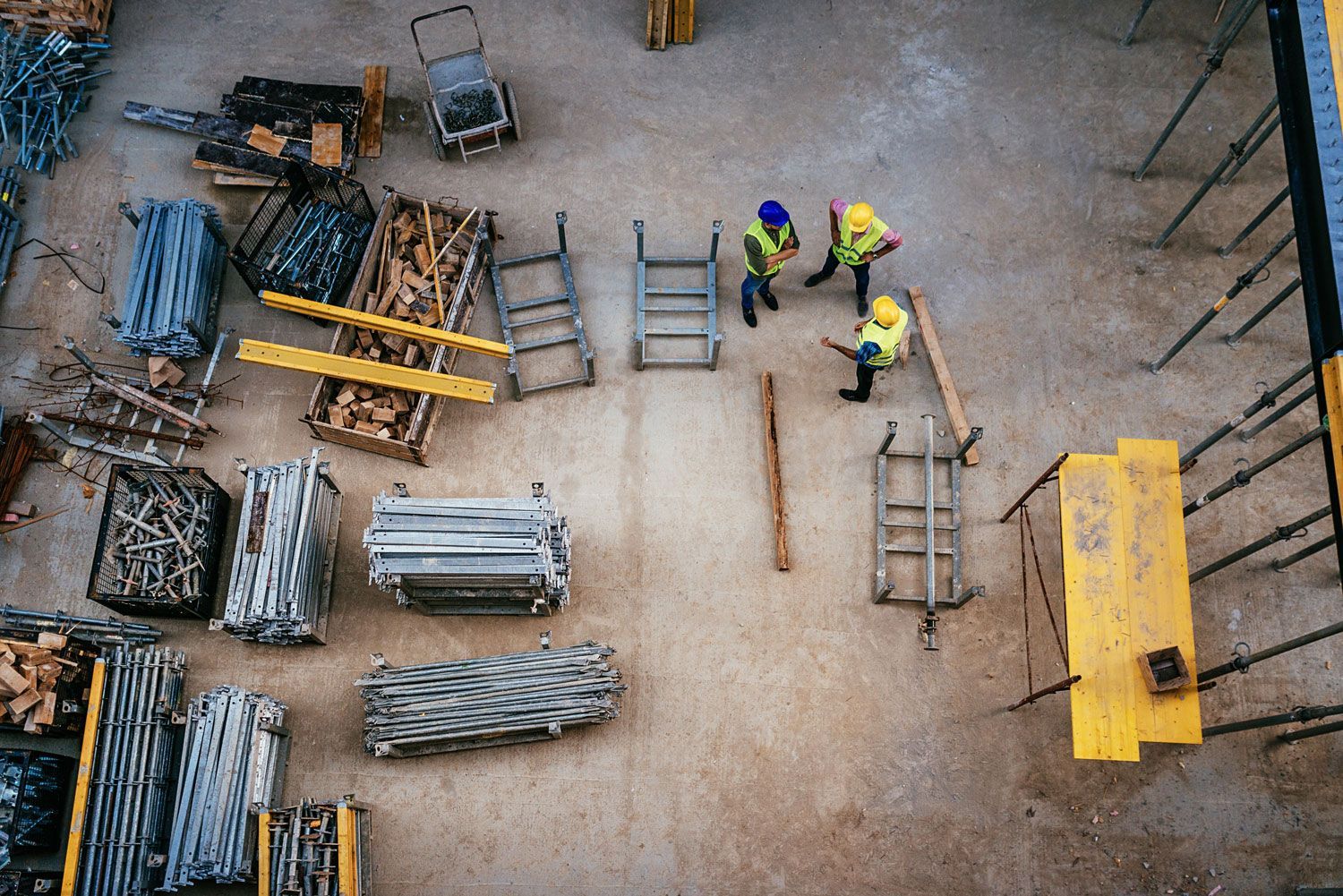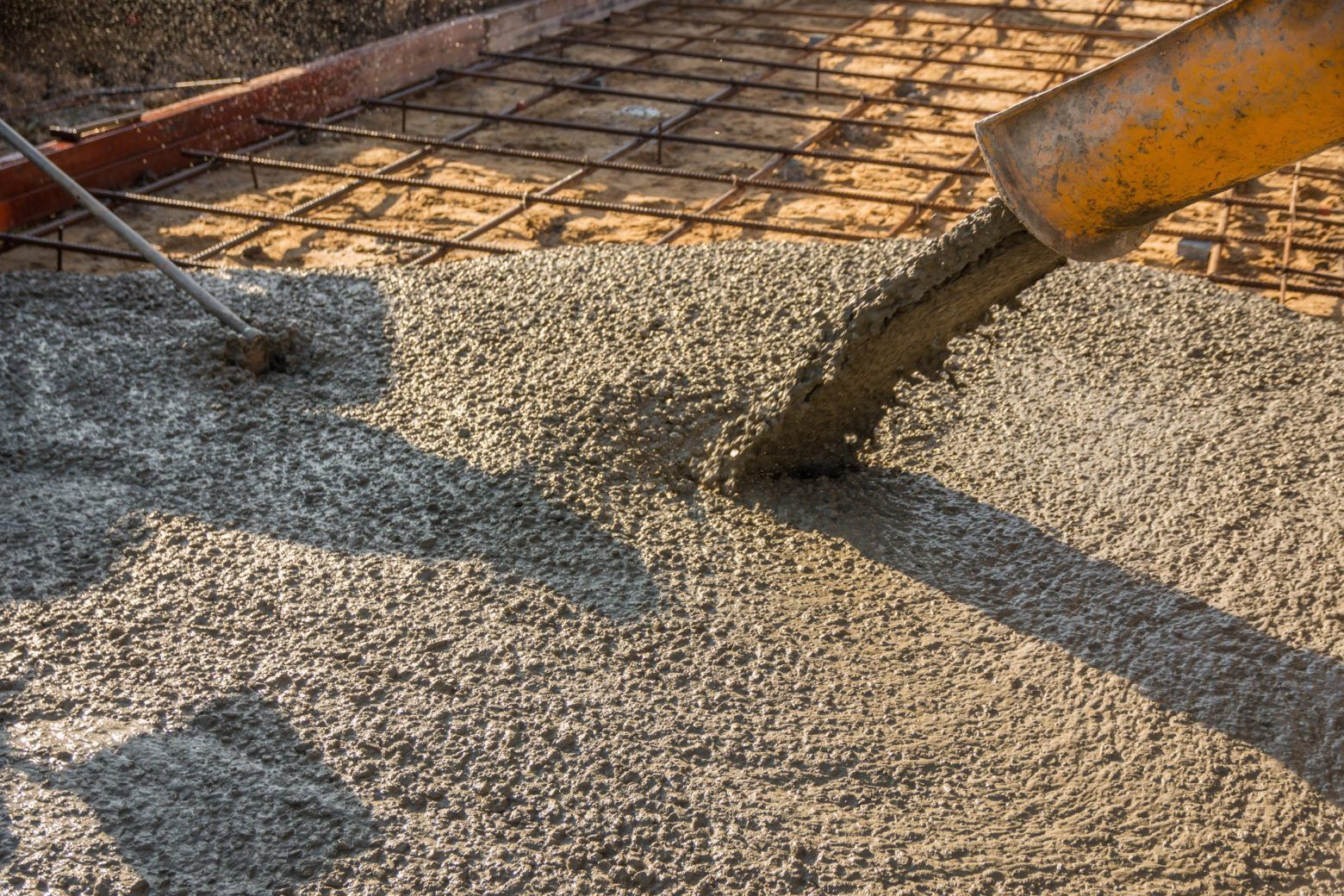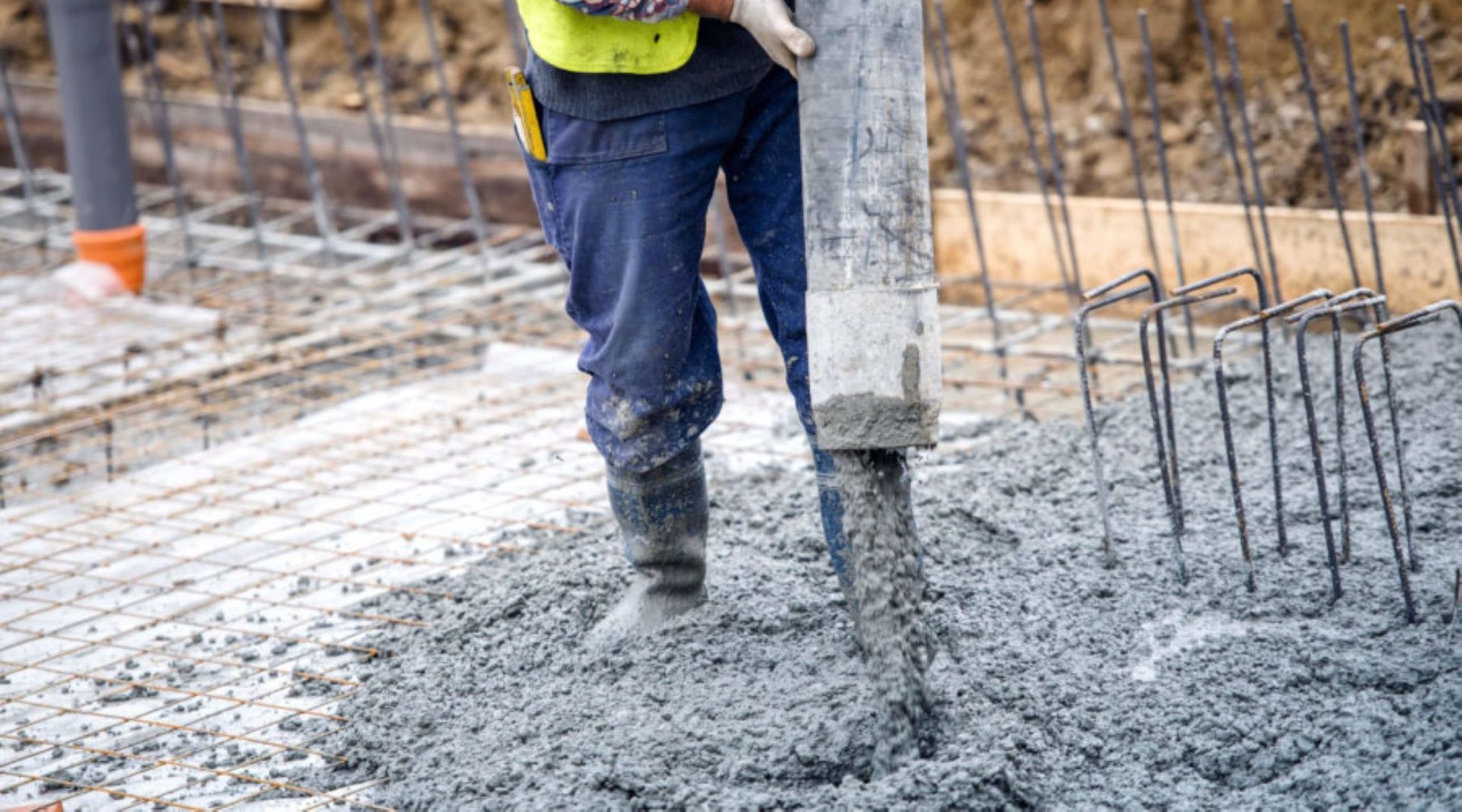What Happens to Disused Quarries?
A quarry is a large type of open-pit mine where materials like stone, sand, gravel and aggregates are extracted. Quarries have been around for thousands of years and they provide us with many valuable building materials, but what happens when the quarry is no longer in use?
Once quarries have been depleted of their resources, they become abandoned or disused. Disused quarries can be very dangerous but they can be given a new lease of life once the area has been made safe. If you want to know more about what happens to disused quarries, see below for just some of the options.
They fill with water
Many abandoned quarries naturally fill up with water and become valuable habitats for wetland and water creatures. Quarry lakes can look beautiful but they are extremely dangerous and should never be swum in. Quarry lakes are often very deep and the water is much colder than rivers, lakes or the sea (due to water from underground springs or aquifers).
They become leisure areas
Some abandoned quarries are reclaimed to become leisure areas. First, the quarry must be made safe and restored back to a condition where the land can be used. This is achieved through careful drainage and land management and then plans can be made to transform the quarry into a usable leisure area. Some quarries become leisure lakes for water sports; others are turned into campsites, sporting grounds or motor vehicle racing tracks.
Reinstated land
Quarrying isn’t the most environmentally friendly practice, so it’s important to have a plan in place to reinstate the land once the quarry has been exhausted. Landscaping methods like planting new trees reduces the visual pollution left by the quarry and helps to increase biodiversity in the area. Quarries can also be used to create wetlands or other areas for wildlife to thrive.
If you’re in need of aggregates or quarry products in Dumbarton or Glasgow, get in touch with the team at William Thompson & Son. We’re proud to provide a range of gravel, stone and sand products, sourced from our quarry in Dumbarton. We’re also committed to ethical, environmentally conscious waste management to help neutralise any negative environmental impact caused by quarrying. This includes our recycled aggregates, on site recycling plant and our collaborative work to help protect the environment. For more information about our quarry products or methods, give us a call today or contact us online.

